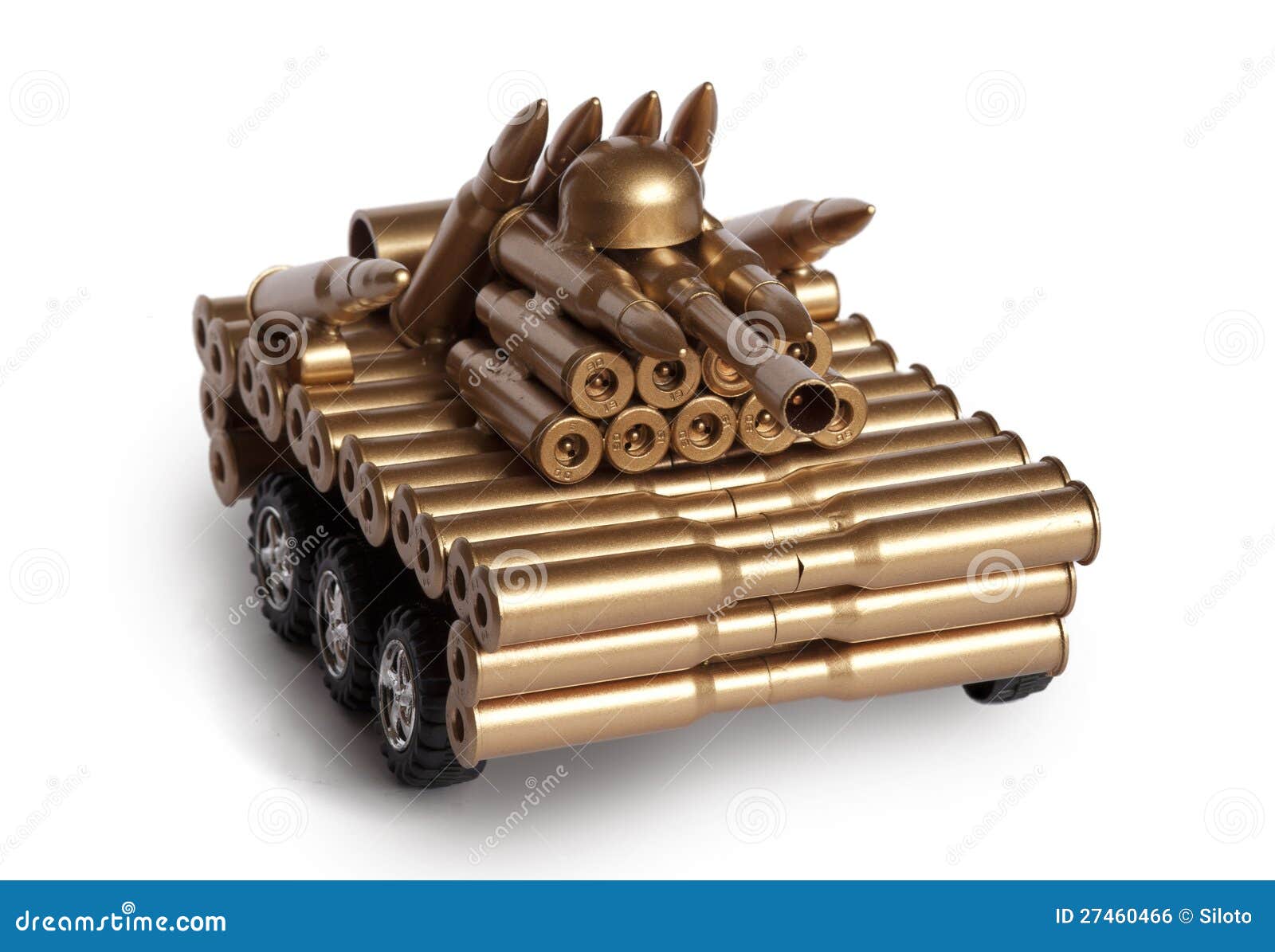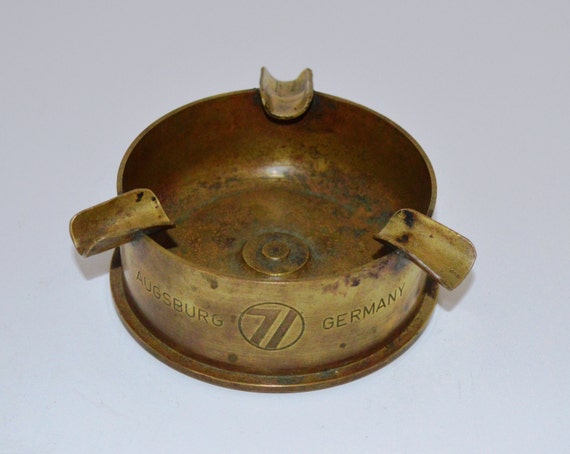

“No German force had hit in that size anywhere else against a single American division,” said historian Robert Baumer, who has authored a book on the unit’s World War II exploits.

6, 1944, approximately 12,000 American soldiers from the 30th Infantry Division would face off against several elite Nazi Panzer divisions, with more than 300 tanks and an estimated 80,000 troops. And Allied leaders failed to inform them of the German counterattack, despite having intelligence that it would occur near the small village.
/arc-anglerfish-arc2-prod-mco.s3.amazonaws.com/public/WRGYJVSI6VAWJKHZOS6ZIICXI4.jpg)
Like the soldiers on Hill 314, the rest of the 30th Infantry Division faced overwhelming odds in the battlefield around Mortain.ĭays earlier, two friendly fire bombings had severely crippled the division. “Go to hell,” the American company commander replied. They were running out of food, and supplies were so scarce that their fellow American soldiers had tried to resupply the unit by stuffing medicine into artillery shells.Įlite enemy troops had the small group of Americans - belonging to a company from the 2nd Battalion, 120th Infantry Regiment - surrounded and cut off from the rest of the division.Ī German officer offered the Americans a deal: Surrender and live. So were the other troops, members of the 30th Infantry Division who had been fiercely protecting the hill since earlier that week. Then just 19 years old, late in the summer of 1944, Jaber was exhausted. But, decades later, he admits there may have been only two. Jaber, now 93, remembers four Germans walking under a white flag. Tony Jaber had been fighting for three days before he saw them.Ī small group of German soldiers was marching up what the Americans had dubbed Hill 314, near the town of Mortain, France.


 0 kommentar(er)
0 kommentar(er)
